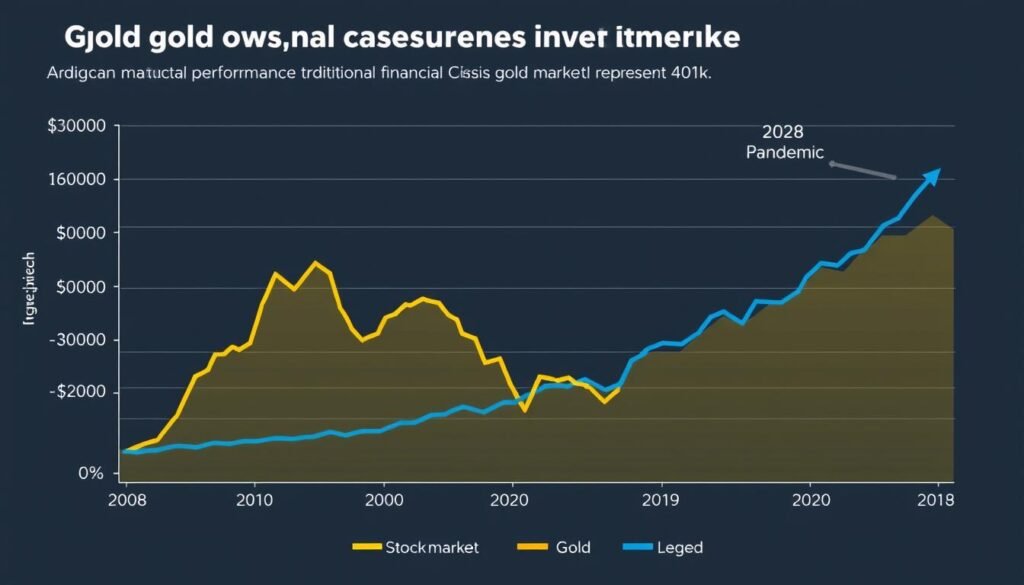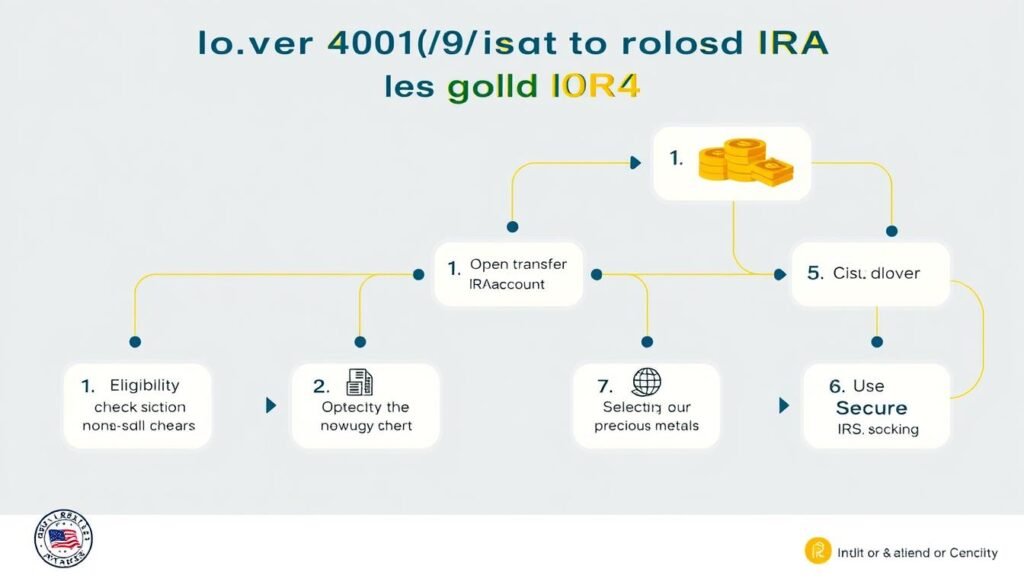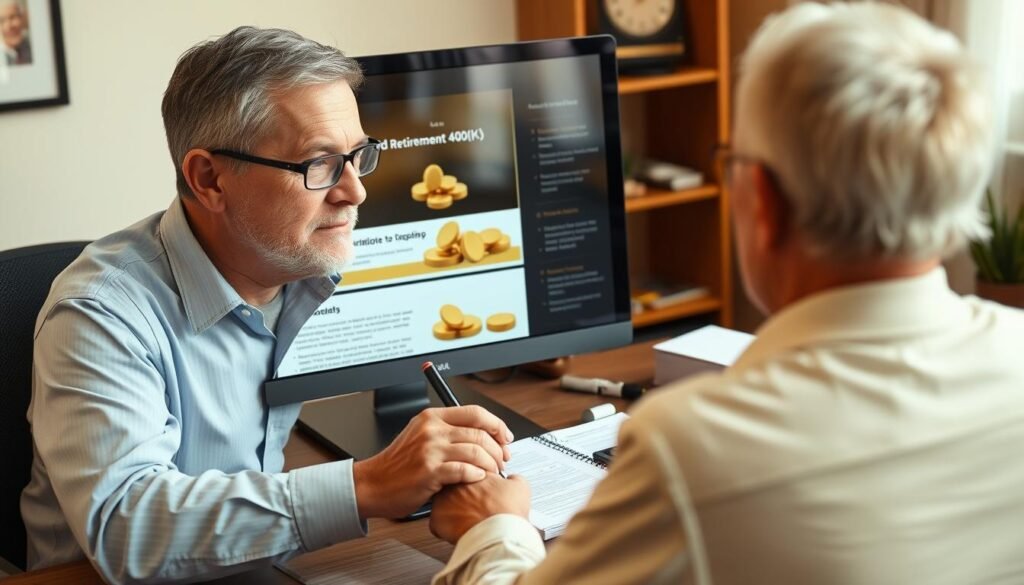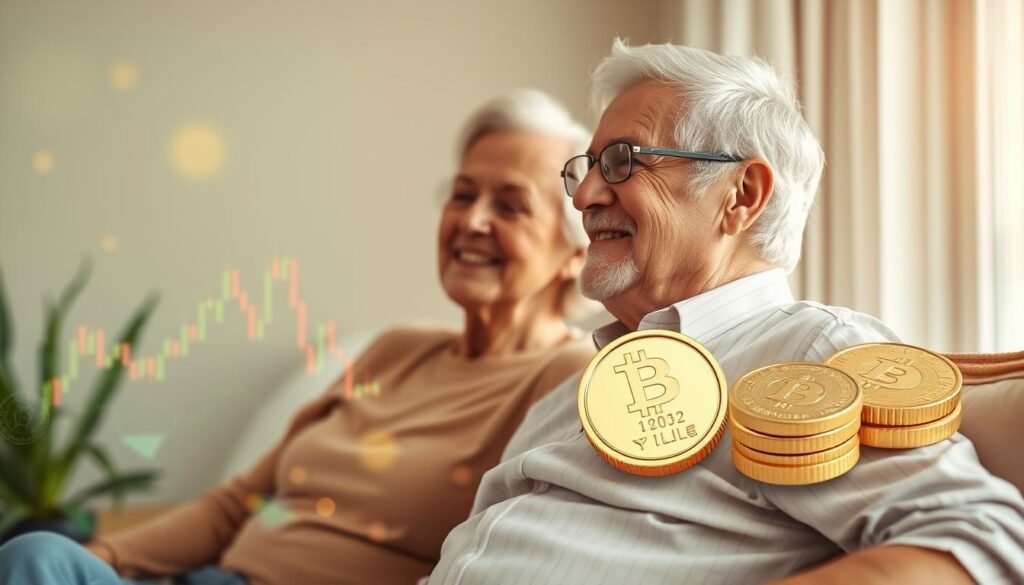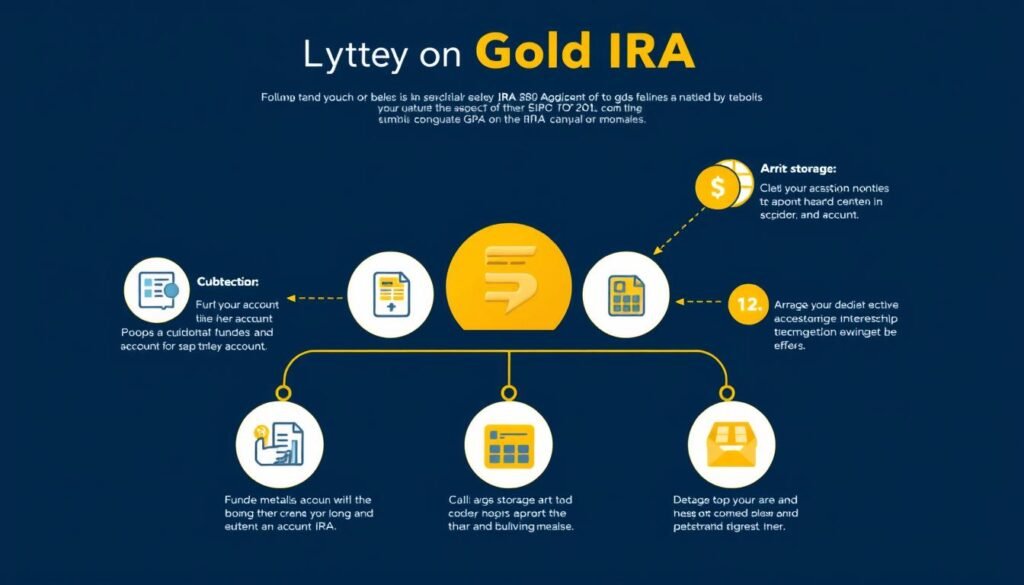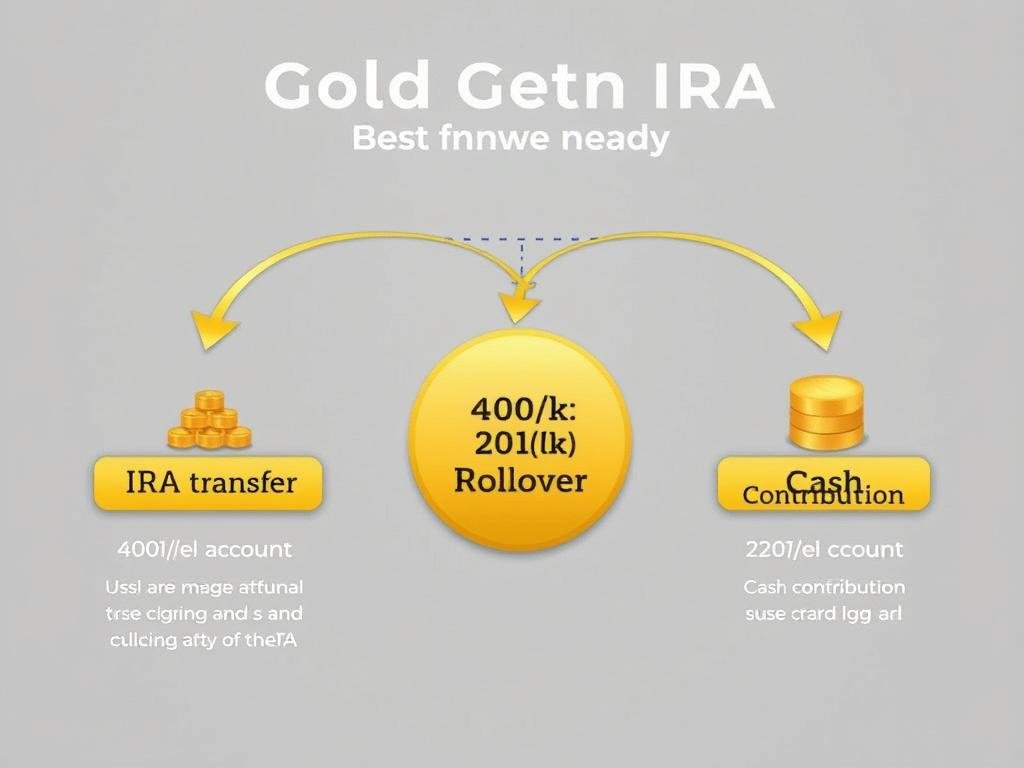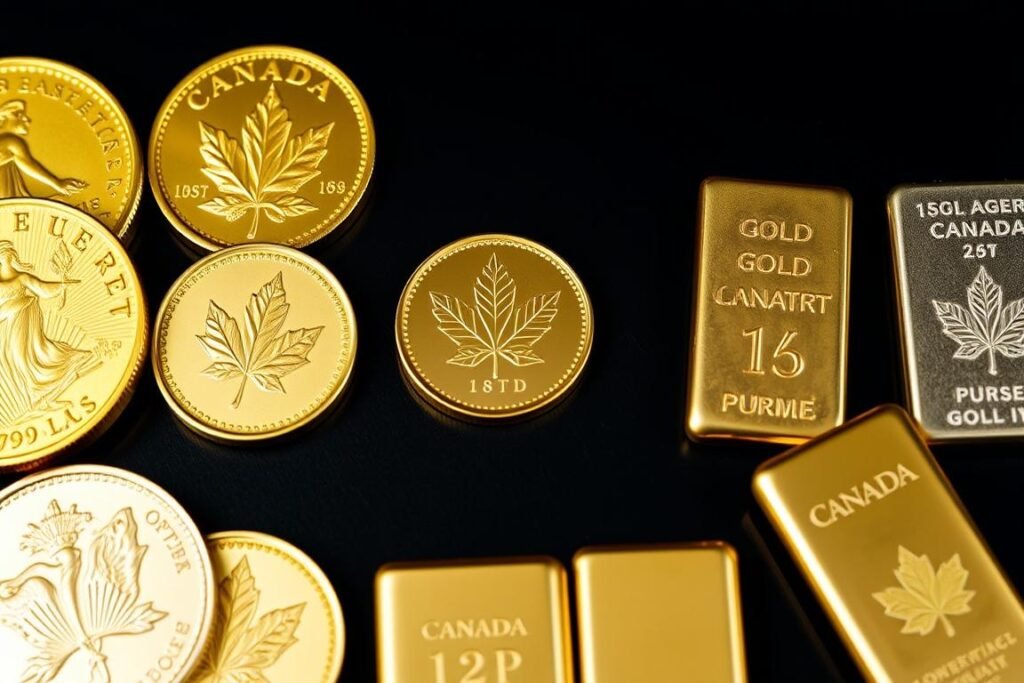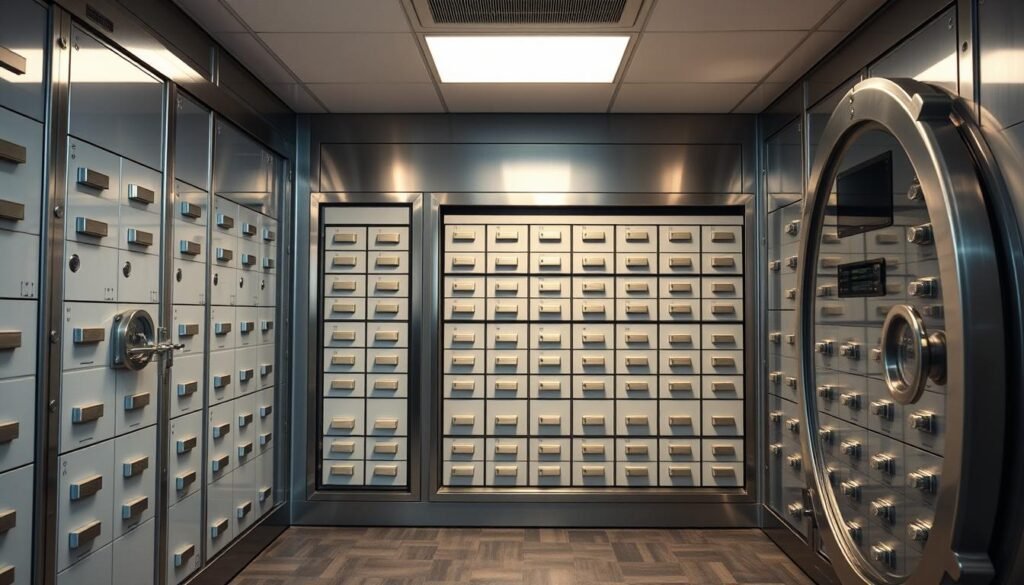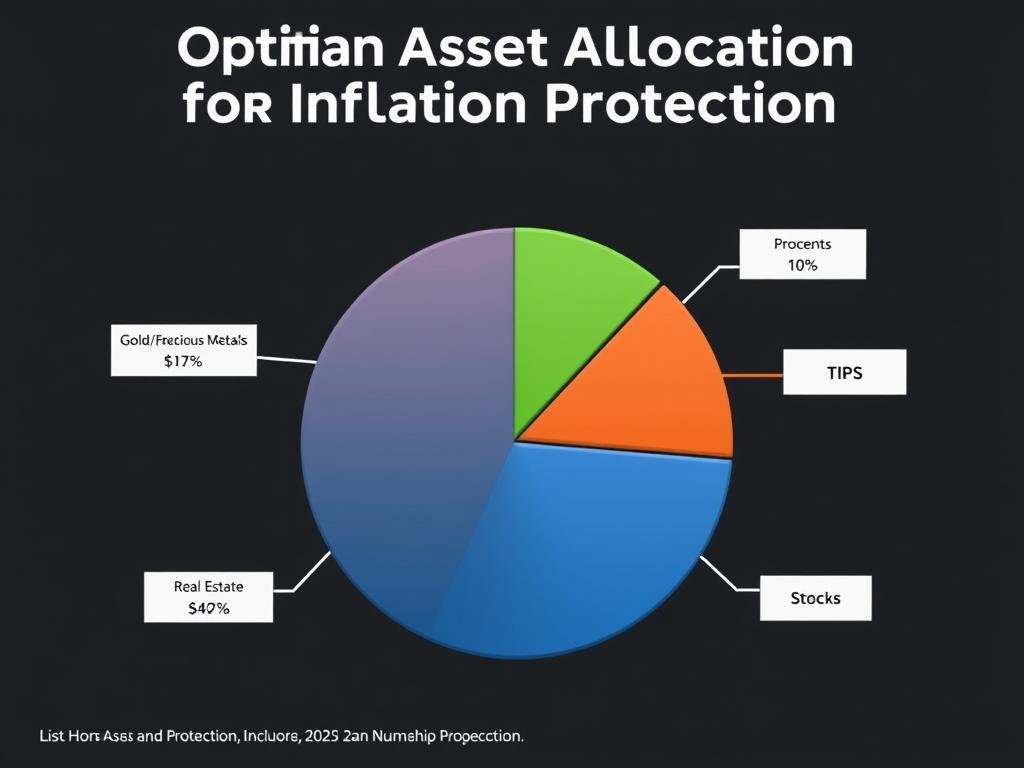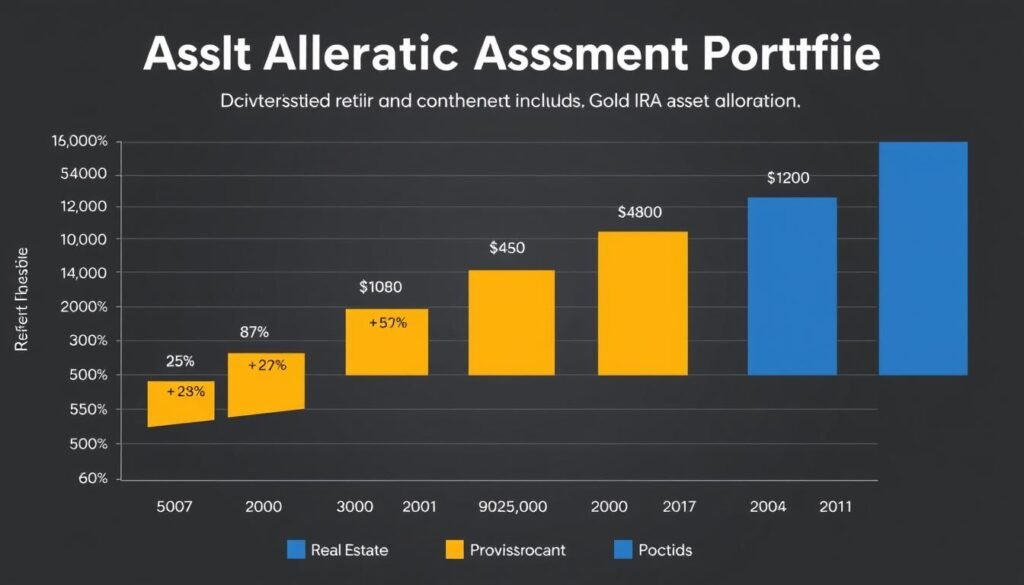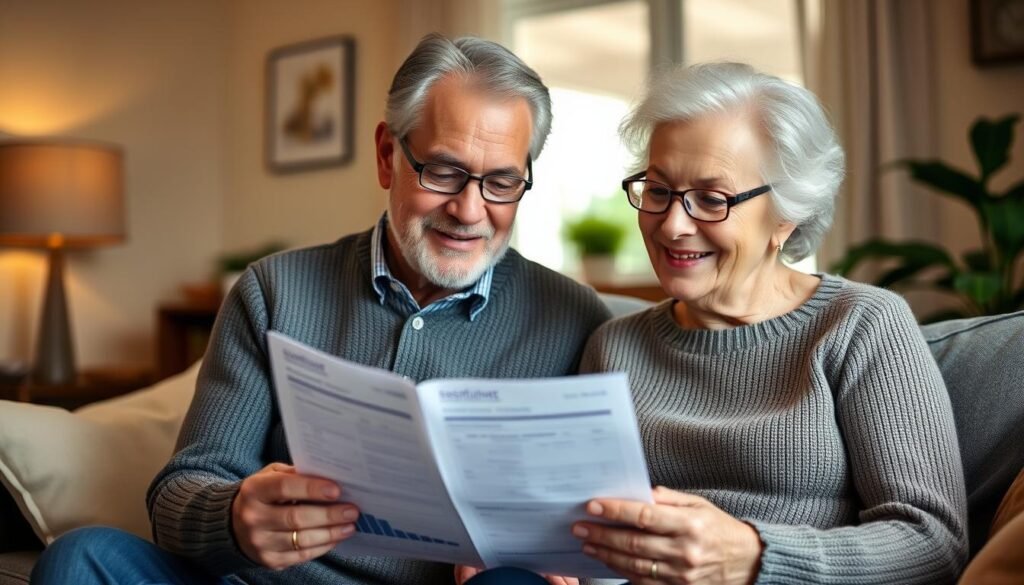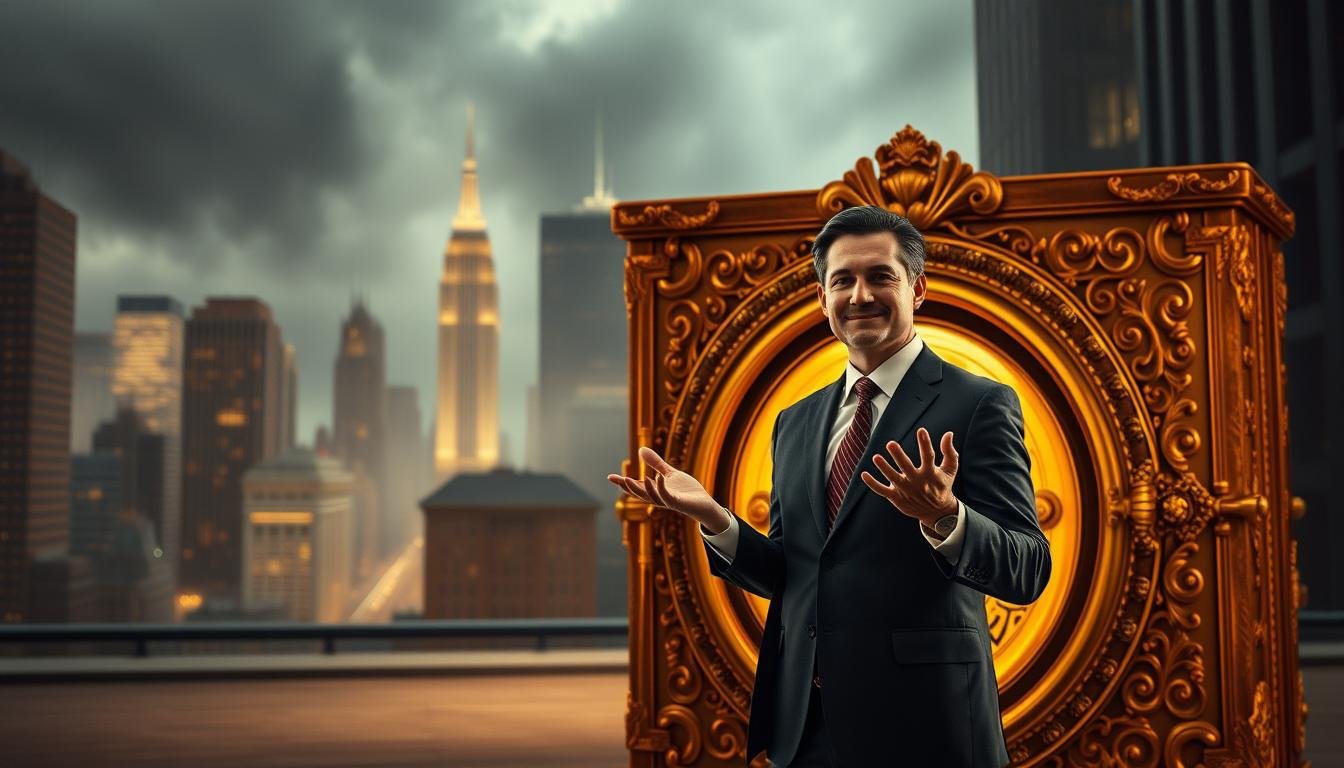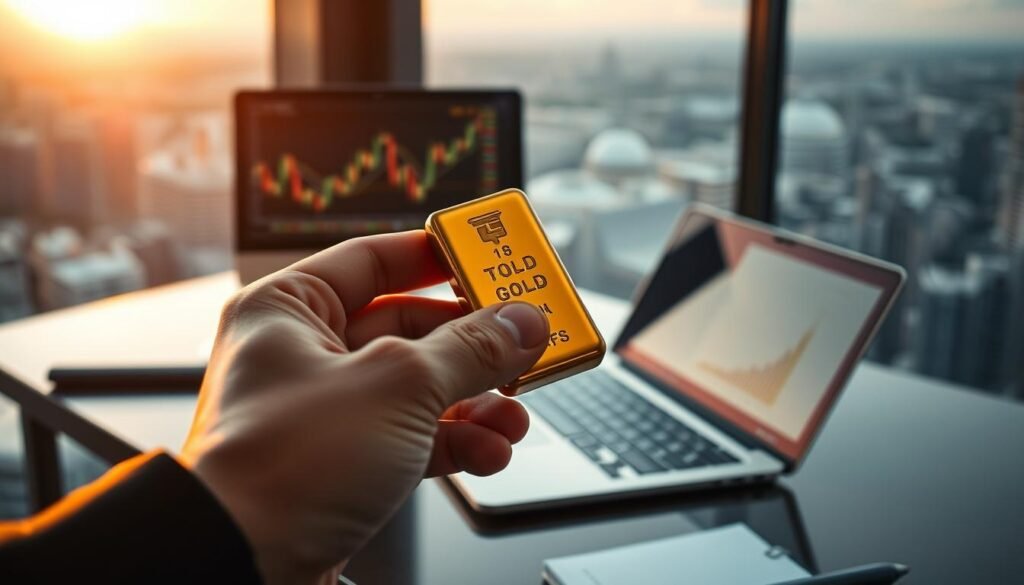When you open a will and find assets that could change your life, the first rush is often emotional. You might feel relief, confusion, or pressure to act fast. That moment shapes how heirs think about value, risk, and future plans.
This article will compare two common options: physical metal and equity holdings. We’ll walk through real-life steps heirs face, from paperwork and custody to selling and tax realities. The goal is practical clarity so you can pick what fits your timeline and comfort with risk.
We will explain how the market and portfolio context change outcomes. You’ll see why some investors prize safe-haven appeal and lower volatility, while others chase long-term returns and growth potential. For extra reading on precious metals in planning, check this precious metals planning guide.
Key Takeaways
- Inheritance choices affect short-term cash needs and long-term growth.
- Physical metal often offers stability and liquidity during turmoil.
- Equities can deliver stronger compound returns but carry more volatility.
- Practical steps—custody, paperwork, taxes—vary by asset type.
- Many heirs blend assets to balance risk and potential returns.
- Make a deliberate plan to avoid decisions driven by fear or hype.
Why this question matters right now for U.S. heirs
Today’s heirs face a market where recent price moves shape emotions as much as facts.
Public sentiment has shifted noticeably. A recent Gallup poll found 23% of U.S. adults now name gold among the top long-term choices, while just 16% chose stocks or mutual funds.
Spot moves have driven that mood. Gold prices climbed from roughly $2,200–$2,300 last year to an April peak above $3,500 per ounce.
That jump makes precious metal feel more appealing. Still, advisors like Lee Baker and Carolyn McClanahan warn against following buzz instead of basics.
Present-day sentiment and prices: Gold’s appeal vs. stock market reality
Quick bullets can help heirs weigh options.
- More investors now list gold among top long-term assets, while enthusiasm for stocks eased.
- Rapid price gains can feel like safety, but long-term returns depend on fundamentals and time.
- ETFs give exposure to metal without storage or theft worries; inherited shares are often simpler to manage.
- After years of elevated inflation and shifting rates, both asset types face volatility and risk.
| Factor | Gold | Stocks |
|---|---|---|
| Recent sentiment | Rising interest after price gains | Lower ranking by some investors |
| Accessibility | Physical or ETF options | Brokerage accounts, easy sale |
| Advisory view | Caution vs. hype advised | Patience often rewarded over years |
If you’re unsure, consult a financial advisor to match decisions to your timeline, tax picture, and risk comfort.
Is gold a better inheritance than stocks?
Deciding what to keep or sell after receiving assets requires clear comparisons of return, risk, and taxes.
Long-term returns: S&P 500 vs. gold across decades
Historical returns favor equities for long-term growth. Over the 30-year period ending in April, the S&P 500 annualized at 10.29% versus 7.38% for gold. That gap helps explain why patient investors often see higher returns from stocks over years.
Risk and volatility: Safe-haven stability vs. equity swings
Gold can hold value during stress and inflationary spikes, giving portfolios ballast when the market falls.
Stocks can swing sharply, but they also recover and compound, especially when dividends are reinvested.

Liquidity and access to money
Physical gold needs appraisal, verification, and secure storage before sale. ETFs trade like shares and are easy to sell during market hours.
Inherited shares in a brokerage account usually offer the fastest access to cash.
Income potential and taxes
Gold offers no dividends or interest; gains come only from price changes. Many stocks pay dividends that boost total return over time.
Tax rules differ: physical gold treated as a collectible can face up to a 28% long-term rate. Stocks and many funds use standard long-term capital gains rates (0%, 15%, or 20%) and favorable rates for qualified dividends.
| Factor | Physical gold | Stocks / ETFs |
|---|---|---|
| 30-year annualized return | 7.38% | 10.29% (S&P 500) |
| Volatility | Lower in crises, higher in some rallies | Higher drawdowns, stronger recoveries |
| Liquidity | Slower (appraisal, sale, storage) | Fast (brokerage trades, ETFs) |
| Income | No dividends or interest | Dividends and potential qualified payouts |
| Tax treatment | Collectible rate up to 28% (physical) | Standard long-term capital gains rates |
Bottom line: For heirs focused on higher returns over long term, stock exposure usually wins. For those who need stability or inflation protection, keeping some physical gold can reduce losses during turbulent periods. A blend, plus bonds and diversified funds, often fits most household goals.
What heirs actually receive: Physical gold, gold stocks, ETFs vs. individual stocks and funds
What arrives in your hands matters. Finding coins or bars calls for verification, secure storage, and insurance. Heirs should confirm authenticity and condition before deciding to sell or keep.

Physical metal: storage, insurance, and theft risk
Physical gold often needs a bank safe-deposit box or an insured vault. Storage adds costs and may reduce net proceeds once dealer spreads and shipping are factored in.
ETFs and mining companies: exposure and costs
Gold ETFs give price exposure without custody headaches. Mining shares add company-level risks and can swing more than bullion during market moves. Check expense ratios and tracking methods before you trade.
Individual shares and diversified funds
Holding individual stock means you take on company performance, management, and sector risks. Diversified funds smooth that noise and ease estate handling for heirs who prefer a ready-made portfolio.
- Inventory every asset, verify account registration, and confirm beneficiaries.
- Consider tax rules and liquidity when choosing to keep or sell.
For guidance on holding metal in retirement accounts, read about how to buy physical gold in an IRA.
Portfolio impact after inheriting: Building a resilient long-term mix
An inheritance creates a chance to reset allocations and strengthen long-term resilience. Use this moment to set clear goals, map liquidity needs, and balance growth with protection.
Diversification benefits: How gold can hedge equity risk
Modest exposure to metal (often 5%–10%) can cushion portfolio swings. When inflation or stress rises, that allocation has historically moved differently from equities, reducing short-term losses.

If you prefer market exposure without custody work, consider ETFs. For upside potential, gold stocks add company risk and reward. Blend these choices to match your tolerance.
Allocations by time horizon: Near-retirement vs. long-term growth
Use the “100 minus age” rule as a starting point for stock exposure. Near-retirement investors should add bonds and lower equity weight to limit volatility and protect money needed soon.
- Long-term investors may keep higher stock weight for higher returns and rely on dividends and compounding.
- Short-term needs favor liquid investments and ETFs to avoid selling in down periods.
- Stress-test mixes across recessions, inflation spikes, and recoveries to see potential outcomes.
Tip: Work with a financial advisor to set allocations, factor taxes, and check the plan every few quarters.
Conclusion
Conclusion
A clear plan turns emotional choices into steady progress for heirs and families.
Let goals guide your move. If immediate cash or safety matters, some keep gold for steadiness during market shocks; if long-term growth ranks higher, select stocks and funds that can compound over years.
Most investors find balance works best: modest metal exposure for resilience plus equity weight for potential return. Check ease of sale, tax rules, and whether direct holding or low-cost funds suit your needs. For insights on passing metal and tax points, read this bequeathing gold guide.
Write a simple plan that sets targets, rebalancing rules, and review dates. That process turns one-time decisions into a durable portfolio choice.
FAQ
Which factors matter most when choosing between inheriting gold or stocks?
Consider liquidity, expected returns, tax treatment, income needs, and storage or custody. Stocks often offer dividends and easier access to cash, while physical bullion requires secure storage and insurance. Gold-related ETFs and mining shares sit between bullion and individual equities in terms of convenience and cost.
How do long-term returns compare: S&P 500 versus bullion?
Over multi-decade periods the S&P 500 has typically outperformed raw bullion thanks to company growth and reinvested dividends. Bullion can preserve purchasing power during inflationary bouts, but it rarely matches equities for compounded total return over long horizons.
What are the main risks and volatility differences heirs should expect?
Equities show higher short-term volatility but reward long-term investors. Physical metal can be less volatile in crises but may still swing with macro sentiment. Company-specific risk applies to individual stocks, while bullion carries custody and authenticity risks.
How easy is it to convert inherited assets into cash?
Stocks and mutual funds trade on exchanges and typically convert to cash quickly through a broker. Physical bullion requires finding a reputable dealer, verifying authenticity, and potentially accepting a bid below spot after dealer spreads and assay costs.
Does inherited bullion pay income like stocks do?
No. Bullion produces no dividends or interest. Equities and bonds can generate ongoing income through dividends and coupon payments, which may matter for heirs seeking cash flow.
What tax differences apply to people who inherit metal versus shares in the U.S.?
Inherited assets usually receive a stepped-up basis to fair market value at death. However, collectible tax rules can affect precious metal sales, and capital gains tax applies when heirs sell shares or bullion. Consult a tax advisor for specifics based on state and federal law.
If I inherit physical metal, what responsibilities come with it?
You must arrange secure storage, insurance, and verification of purity. Transport and sale pose additional costs and risks, and failing to document provenance can reduce resale value.
How do gold ETFs and mining stocks compare with physical bullion?
ETFs provide liquid exposure without custody burdens, though they charge management fees. Mining stocks add company and operational risk but can offer leverage to metal prices and sometimes dividends. Each vehicle carries its own cost and tax profile.
Are individual stocks or diversified funds better for heirs who want growth?
Broad market funds spread company risk and simplify portfolio management, making them a common choice for growth-focused heirs. Individual stocks may offer higher upside but require active monitoring and concentrated risk tolerance.
Can inheriting bullion improve portfolio diversification?
Yes. A measured allocation to bullion or metal-linked assets can hedge inflation and act as a crisis diversifier alongside equities and bonds. The right percentage depends on time horizon and risk tolerance.
How should near-retirees approach an inheritance of metal or shares?
Near-retirees often favor liquidity and income. Selling part of an inherited holding to rebalance into income-producing assets or low-volatility funds may reduce sequence-of-returns risk and provide cash for living expenses.
What practical steps should heirs take immediately after receiving precious metal or shares?
Secure documentation and chain-of-custody, appraise or verify holdings, consult a financial advisor and tax professional, and establish an estate or investment plan that matches time horizon and income needs before selling or reallocating assets.





